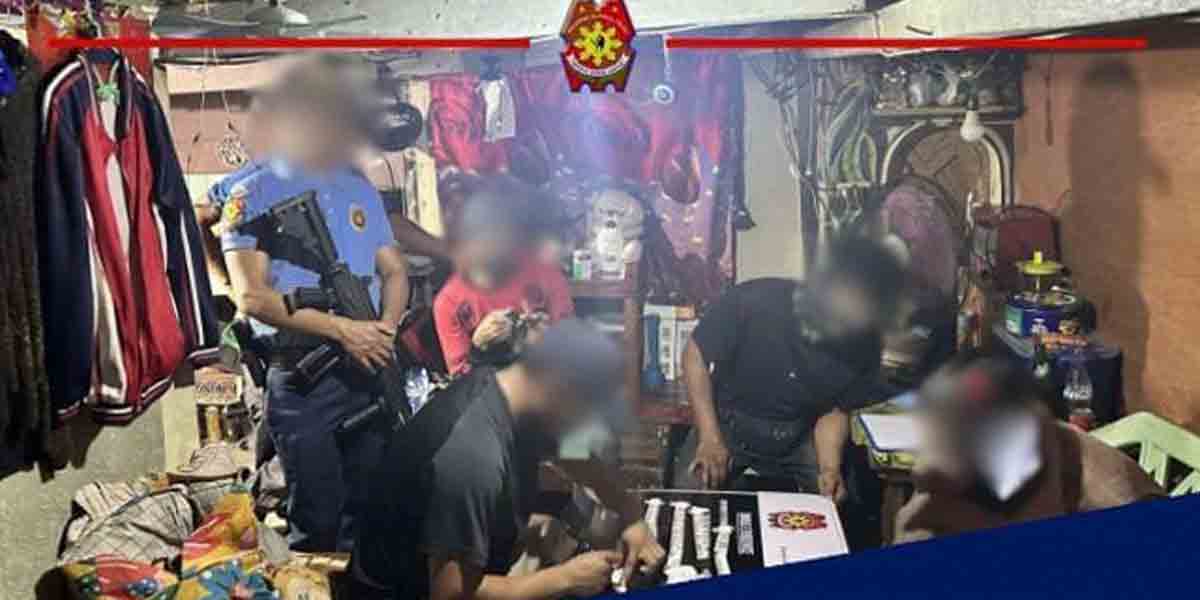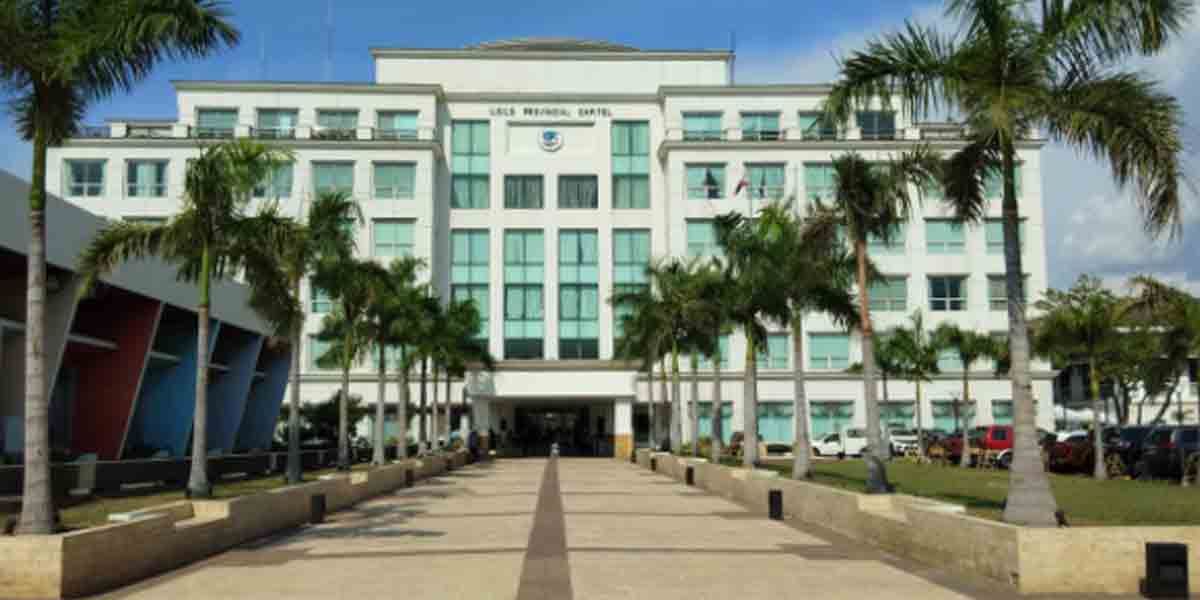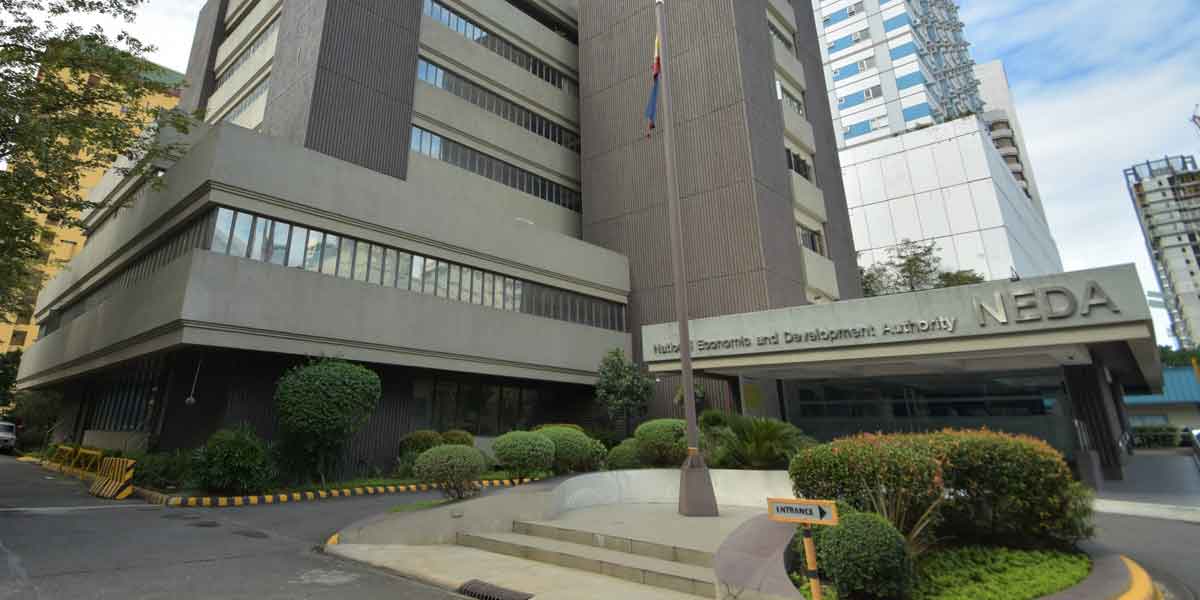By Herbert Vego
IF you have become “addicted” to evening newscasts on GMA-TV, you must have noticed its daily video coverage of bumper-to-bumper traffic in Metro Manila even in late nights. A valid explanation is the proximity of the Christmas month when people go out to attend pre-Christmas parties, shop in the malls, or travel to tourist spots.
But as one who studied and worked in Manila for 14 straight years from 1967 to 1981, I say there’s more vehicular congestion during the Christmas season.
It was in 1981 when I abandoned Manila to reside and work in Iloilo City, my birth place. I had gone weary of the back-breaking daily bus rides between home and office. I knew that the day would come when the traffic problem would worsen.
Looking back, I realize that my feared scene has come true. On a weekday today, riding a bus on EDSA – say, from Caloocan City to Baclaran, a distance of 20 kilometers – could take three hours during the rush hours.
As a college student in Manila in the late 1960s, I remember it was much easier to grab a bus, which would cover the aforesaid distance in only 45 minutes.
True, the advent of the Metro Rail Transit (MRT) has cut travel time to 30 minutes. But the thousands of passengers struggling to squeeze in and out of its coaches know it’s not fun. There never seems to be enough trains to accommodate the growing number of harried and hurrying passengers.
The Metro Manila Development Authority (MMDA) never runs out of ideas to solve traffic congestion at EDSA, only to fail.
An outlandish bill introduced in the House of Representatives in 2018 called for granting then President Rodrigo Duterte “emergency power”. The bill failed to pass the House of Representatives due to failure of its proponents to explain how such power could decongest traffic.
Emergency power, then and now, merely fast-tracks execution of government contracts with favored contractors sans public bidding, hence prone to graft and corruption
From experience I learned that the population and transportation problems are intertwined. When I came to Manila as a 10-year-old boy in 1960, traffic congestion was rare. There I was with my parents, riding a fast bus ride from Manila to the farthest point of Novaliches. It was literally cool as we passed by long lines of giant trees dotting both sides of the road between houses.
The same long road looks and feels different today. Gone are the roadside trees; in their places have mushroomed thousands of concrete houses and stores.
On my next trip to Manila to study college in 1967. EDSA was still the most desirable highway to traverse points between Caloocan and Baclaran. I could count on ten fingers the “brand” names of buses speeding on that stretch, such as MD Transit, CAM Transit, JD Transit, Yujuico Bus Lines and California Bus Lines. It took them only an hour to breeze through EDSA’s end to end.
The color green dominated both sides of EDSA, with tall grasses locally known as talahib drowning the low-rise commercial and residential buildings.
Where I lived was a stone’s throw away from what is now the MMDA building in Guadalupe, Makati. Dotting the entire distance from Guadalupe bridge to that site was still a straight row of grass-covered vacant lots.
The same periphery today leaves no room for building a new edifice. To exaggerate in Filipino, “hindi mahulugan ng karayum.”
By comparing the same places yesterday and today, one sees the meteoric increases in vehicle and human populations that are behind the “transportation crisis.” The population in Metro Manila in 1970, 3.5 million, is nothing compared to today’s 15 million.
I personally know Metro Manilans who have migrated to Iloilo to trade discomfort for comfort. This is evident in the hotels, condos, subdivisions, malls and motor vehicles that have mushroomed in Iloilo City.
Mayor Jerry Treñas welcomes them with four words, “Let’s meet in Iloilo.”
-oOo-
MORE POWER RECOMMENDS SAFETY CHECK
THIS is the moment when we install Christmas trees and blinking lights to complement the lure of the season’s home decors. For a safe celebration, this corner would like to quote a safety message from MORE Power:
“Before you start decorating, take a few moments to inspect each strand of holiday lights carefully. Check for any broken sockets, frayed cords, or faulty plugs, as these can create potential safety hazards.
“If you find any issues, replace or discard the damaged strands rather than try to repair them, as even small flaws can compromise safety.
“Stay safe and enjoy the sparkle of the season!”




















